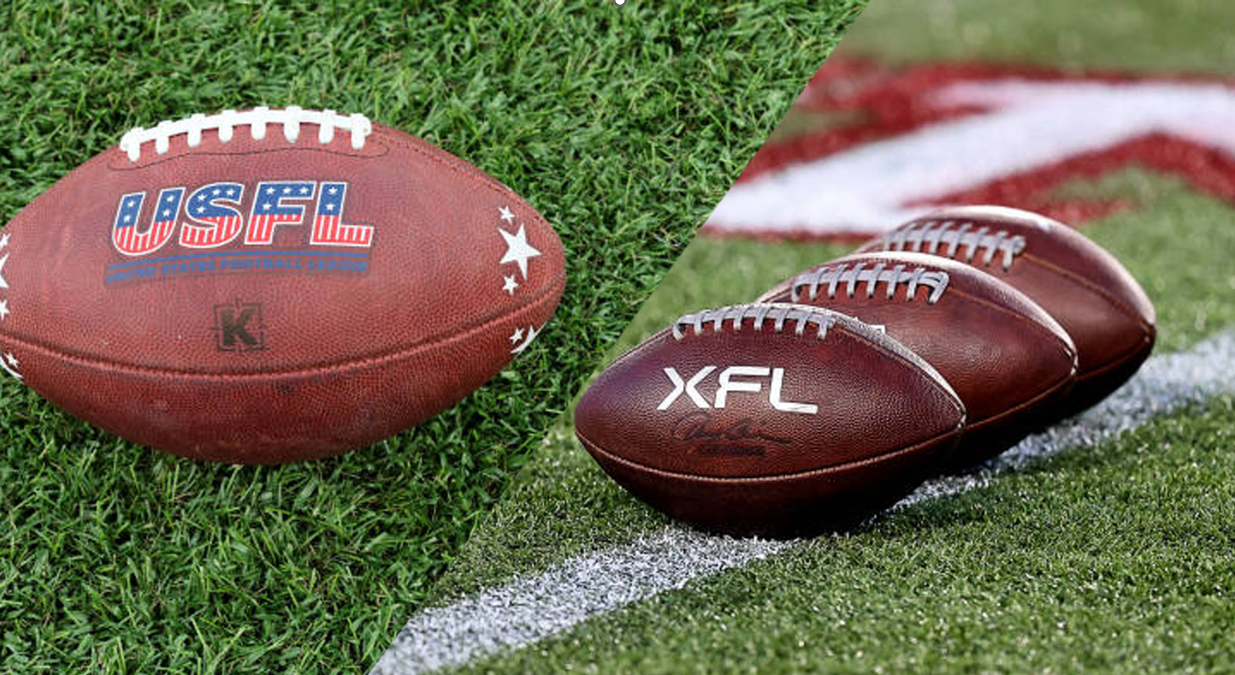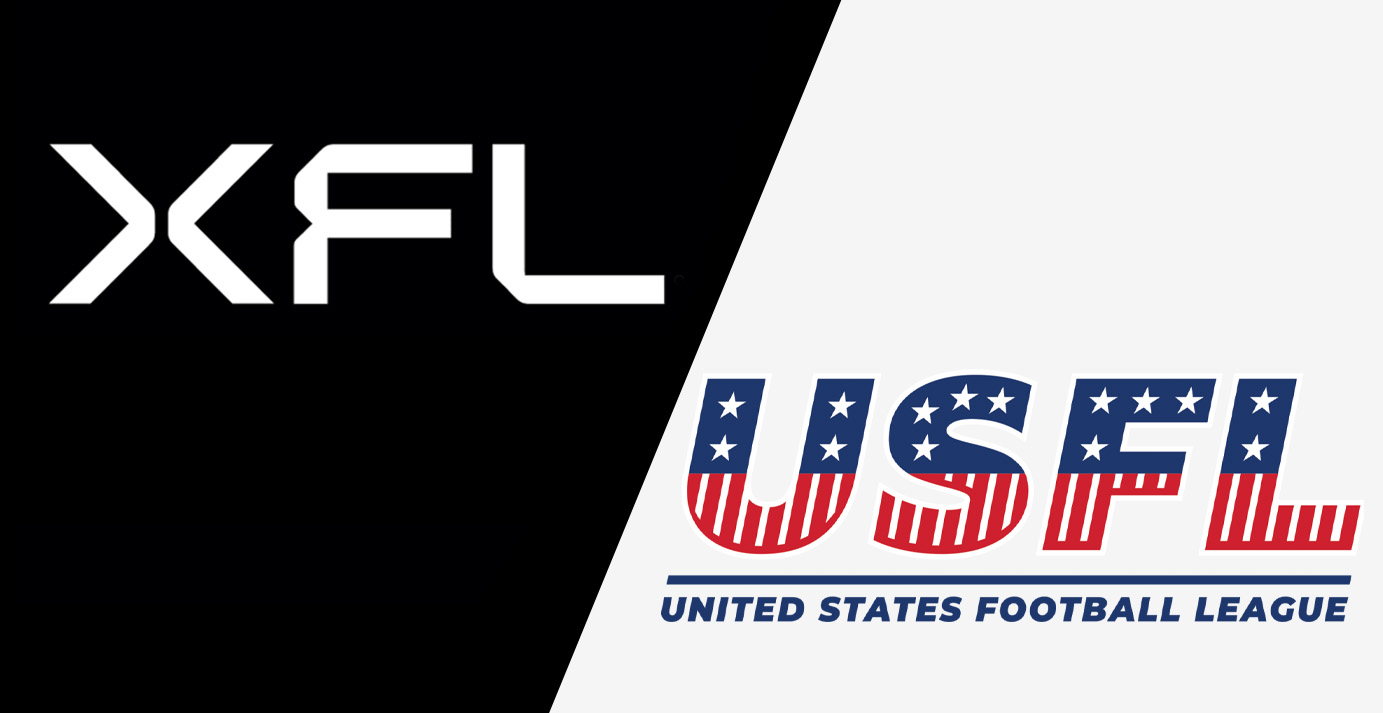
The proposed merger between the XFL and USFL is set to create a new entity, potentially named the United Football League, representing a pivotal moment in American sports.
The Merger: A Strategic Alliance: Combining Resources and Talent
This alliance aims to consolidate the strengths of both leagues, combining their resources, talent, and fan bases to create a more formidable presence in the spring football arena.
The merger, which is expected to result in a 12-team league, marks a strategic move to create a robust alternative to the NFL, leveraging the unique offerings of each league to enhance the overall competitiveness and appeal of the new league.
Economic Implications of the Merger: Financial Stability and Market Impact
The economic ramifications of this merger are significant. By pooling resources, the United Football League could achieve greater financial stability and market presence. This consolidation might lead to increased sponsorships, media rights deals, and fan engagement, which are crucial for the league’s longevity.
The merger’s success in creating a financially viable and popular spring football league might not challenge the NFL’s dominance, but it could offer a fresh perspective on professional football.
“A merger is the best chance for sure for the two leagues to do well, for spring football to survive,” Randy Vataha, a former New England Patriot who owned an original USFL team in the 1980s and is currently a sports investment banker, said.
The XFL, which was mainly broadcast on ESPN, and the USFL, which was aired by its owner FOX Sports, ended with very similar average viewership in 2023. The XFL clocked in at an average viewership of 622,000, and the USFL 604,000.
The 2023 XFL Championship Game earned 1.4 million viewers, 200,000 more than the USFL’s.
Those figures are not terrible, as they beat the average for regular season NHL games. NHL games on ABC and ESPN averaged 583,000 viewers, and 364,000 on Turner in the 2022-23 regular season.
Will the merger mean higher TV ratings? Most likely, as the leagues could pluck the top markets from each league, employ more marketing efforts behind them, and thrive. But football is expensive, as it has far larger rosters than other sports, high medical insurance rates, and there is a lack of top quarterbacks to energize fans.

Player Opportunities and Development: A Platform for Talent Showcasing
The XFL has been known for providing players with a platform to showcase their skills and stay active in their professional careers. This merger could enhance these opportunities, offering a larger stage and more resources for player development. Players who might have been overlooked by the NFL could find a renewed chance to demonstrate their abilities and potentially receive a call-up to the NFL.
Former Western Kentucky star Lucky Jackson is one example of a player who was able to showcase his skill and get the call-up for an NFL team. He got signed by the Vikings this spring and has been an active participant in training camp this summer. Sportsbooks should have odds for all the upcoming XFL and NFL games this season.
The Vikings signed Jackson in the offseason. He was with the XFL’s D.C. Defenders last spring, and he caught 36 passes to rank fifth in the league with 572 yards and five touchdowns in 10 games.
Fan Engagement and League Popularity: Building a Loyal Fan Base
The success of the United Football League will heavily depend on its ability to engage fans and build a loyal following. Combining the fan bases of the XFL and USFL could provide a strong foundation for this.
The league will need to focus on marketing strategies, fan interaction, and creating an exciting game-day experience to maintain and grow its popularity. Engaging storytelling, highlighting player journeys, and interactive fan experiences could play a significant role in establishing a deep connection with the audience.
Impact on the NFL: Competition and Coexistence
The emergence of the United Football League could introduce new dynamics in the professional football ecosystem. While the NFL remains a dominant force, the new league might prompt the NFL to innovate and adapt, potentially benefiting the sport as a whole. This competition could lead to improvements in player welfare, game presentation, and fan engagement across both leagues.
League Structure and Team Composition: Designing a Competitive Framework
The structuring of the new league will be crucial for its success. Decisions regarding the number of teams, their geographic distribution, and the competition format will directly impact the league’s competitiveness and appeal. Balancing traditional rivalries with new matchups will be key to maintaining existing fans’ interest while attracting new audiences.
Challenges and Risks: Navigating Potential Obstacles
Despite the potential benefits, the merger faces several challenges. These include logistical complexities of merging two leagues, potential legal hurdles, and ensuring a balanced representation of teams and interests from both leagues. Addressing these challenges effectively will be crucial for the smooth operation and success of the United Football League.
Player Health and Safety: Prioritizing Athlete Welfare
Player health and safety must be at the forefront of the new league’s policies. Implementing rigorous safety protocols, providing adequate medical support, and ensuring player welfare will be vital in gaining the trust of players and fans. This focus on safety can also set a positive example for other professional sports leagues.
The Future of Spring Football: Shaping a New Era in American Football
The United Football League has the potential to redefine the landscape of spring football in America. By successfully merging the strengths of the XFL and USFL, this new league could establish itself as a significant player in the sports industry, offering an alternative and complementary experience to the traditional fall football season. The outcome of this merger could very well shape the future of professional football in the United States.










